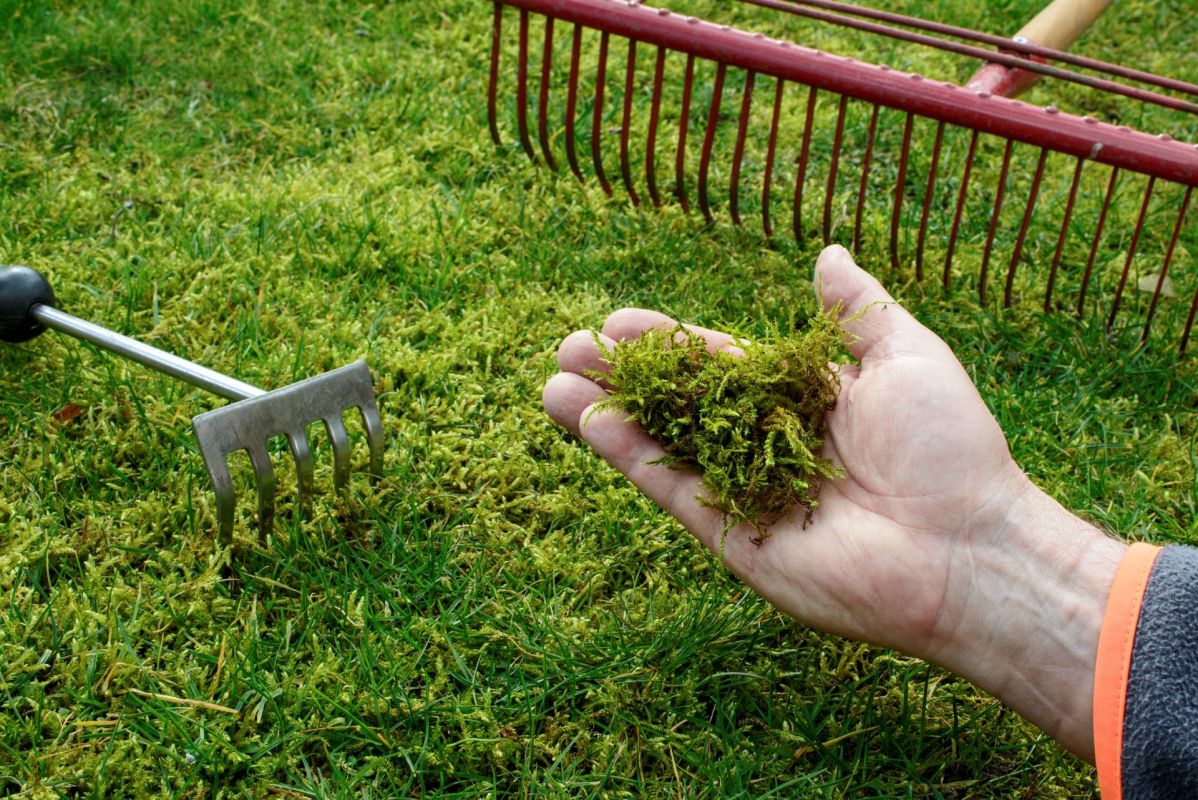If you're looking for ways to curb your water bill, your lawn might be the best place to start. Grass lawns are a quintessential part of suburban America, but they often feel like they're more expensive and labor-intensive than they're worth.
Moss is a low-maintenance, cheap, and eco-friendly alternative that will preserve the aesthetic of a lush, green lawn.
The scoop
Adding moss to your lawn is a great way to fill in patches, reduce water consumption, and spend less time on yard work. In a few simple steps, you'll have a charming moss yard.
First, you need to locate the best areas of your yard to grow moss. Moss thrives in the shade and can wither under too much direct sunlight. A good indicator is to seek out areas of your green space that already have moss to ensure it will flourish.
Once you've made a plan, you can prepare the area for planting moss. Be sure to remove any existing grass or weeds that can interfere with growth.
Now it's time for planting. Gather moss from your yard or local woodlands, or purchase a moss starter kit from a gardening store to kick-start your moss lawn. It can disseminate throughout your space quickly.
Switching out your grass lawn for something new and unfamiliar can be intimidating. Luckily, landscaping companies like Yardzen can make the transition to a grass alternative smoother. Yardzen can design an outdoor space that favors moss and other native plants that take the pressure out of yard maintenance.
How it's helping
Moss lawns are both time and cost-effective, making them a clear winner over grass.
With a moss lawn, you won't have to spend hours on yard work anymore. Moss is a nonvascular, low-growing, and nonflowering plant that doesn't generally exceed 4 inches tall. This means there's no lawn mowing required.
Moss is also resistant to weeds and flourishes in low-nutrient soil, so you won't need to do much beyond the occasional watering.
Grass is a notorious water hog that is responsible for almost one-third of all residential water use in the United States. This consumption amounts to roughly 9 billion gallons of water each day. Switching to moss will decrease your water usage and, in turn, reduce your water bill.
Saving water is also one of the many environmental benefits of moss. It is more biodiverse than grass, meaning it is a welcoming home for pollinators and other wildlife. A small patch of moss can absorb as much carbon pollution as 275 mature trees, an impressive feat.
Ditching grass lawns in favor of moss will help you save time, money, and the environment, while still providing lots of open green space to enjoy.
Join our free newsletter for easy tips to save more, waste less, and help yourself while helping the planet.









